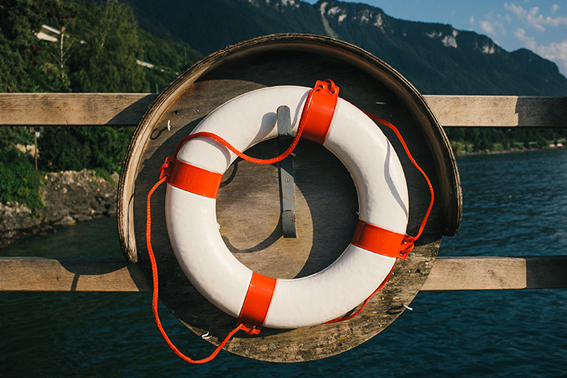The National Health Service makes available on its official page recommendations for procedures that limit the provision of first aid, in cases of drowning, cardiorespiratory arrest or acute myocardial infarction and choking. In the middle of the bathing season, it is possible to observe recommendations that can make it impossible to provide effective assistance in the event of drowning.
On the weekend of May 7th and 8th, the bathing season officially started and the SNS continues to recommend procedures that limit the provision of first aid. The document was last updated on February 26, 2021, in the context of the Covid-19 pandemic.
As you can see on the SNS page, first aid recommendations cover cases of drowning, cardiorespiratory arrest or acute myocardial infarction and choking.
Drowning: two meters away and wearing a mask
During the bathing season, in case of drowning, citizens are recommended (with the victim out of the water) to:
– protect yourself with a surgical mask; or, if you do not have access, keep a safety distance of 2 meters from the victim.
– If the victim is unconscious, “in the current context of the COVID-19 pandemic, mouth-to-mouth ventilation or individual resuscitation mask are not recommended, due to the high risk of contagion”.
The document, last updated on February 26, 2021, also says that:
• In case of choking, the person aiding should keep a distance of 2 meters (because the victim has to remove the mask) and verbally encourage him to cough. “During the Covid-19 pandemic, it is not recommended to perform clearance maneuvers such as blows on the back or abdominal compressions due to the associated risks of contamination”
• If you are facing a victim of acute myocardial infarction, if you have a surgical mask and the victim too, you can approach, otherwise, keep a distance of 2 meters and remain under surveillance.
The recommended distance in the face of a rescue situation that can be fatal for the victim goes against national law, which says: “Whoever, in case of serious need, namely caused by disaster, accident, public calamity or situation of common danger, who endangers the life, physical integrity or freedom of another person, fails to provide the necessary assistance to remove the danger, either by personal action or by promoting assistance, is punished with imprisonment for up to 1 year or with fine up to 120 days.”
The new directives are based on new recommendations from the European Resuscitation Council. These indicate that SARS-CoV-2 is “highly contagious” and cite a systematic review that points to a fatality rate of 3.1%. This percentage does not correspond to the most current revised figures.
Among the most recent estimates of the risk of death for those who are infected are:
– The 0,05% under 70 years old according to a study published by the WHO or
– The 0,05% among 18-49 year olds in the CDC’s best estimate (USA)
Note: these estimates (1) include risk groups (much more susceptible to the disease), (2)are considered the older variants (more pathogenic) and (3)refer to a period when much fewer people had been infected and/ or vaccinated.
Editorial note:
We sent an email to the SNS and the DGS to inform them about the outdating of the page and the risk that citizens run if these measures are considered. We got no response.

